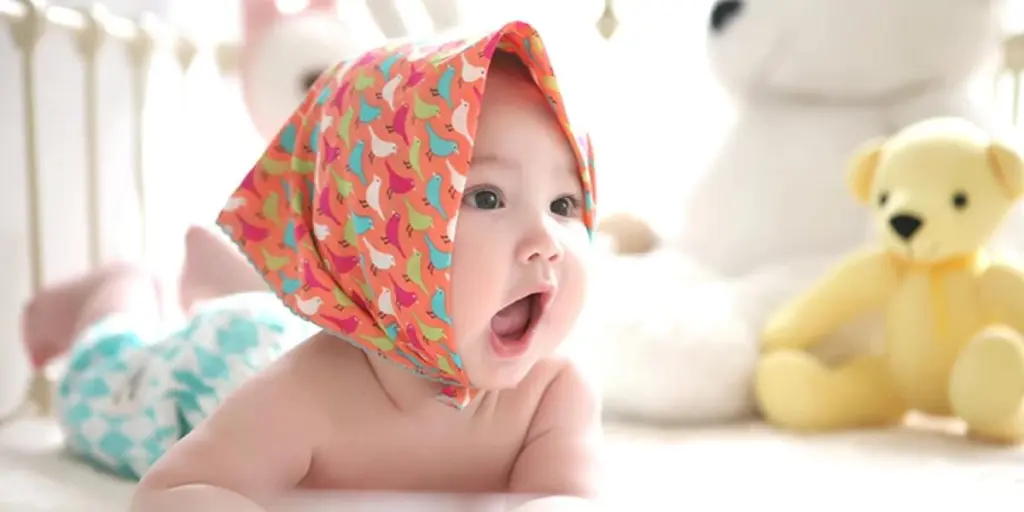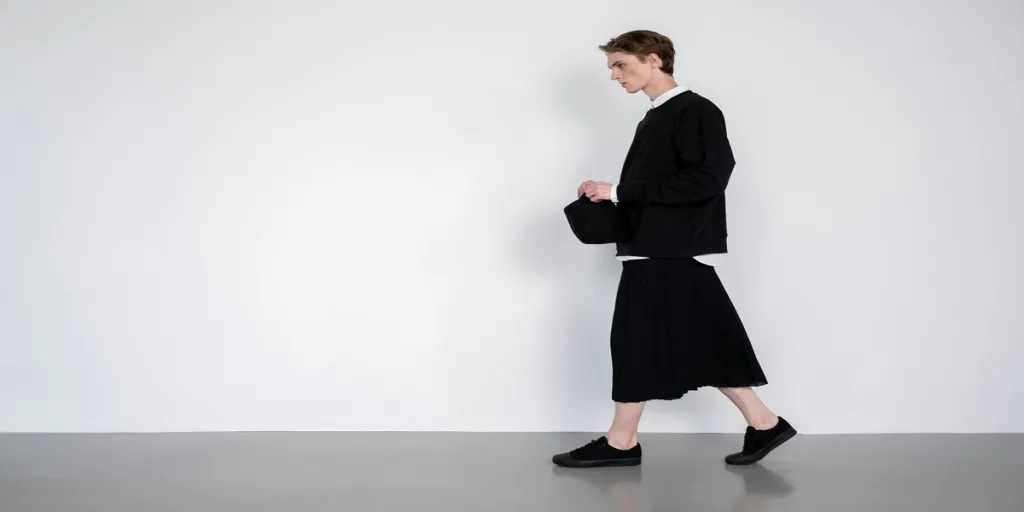As fashion continues to evolve, it’s essential for brands to embrace inclusivity and sustainability in their designs. The men’s universal and inclusive fashion trends for A/W 24/25 focus on creating functional, stylish clothing that caters to a diverse range of individuals, including those with disabilities. By incorporating sustainable materials, unique techniques, and thoughtful design elements, fashion brands can craft garments that not only look great but also promote accessibility and environmental responsibility. In this article, we’ll explore the key trends shaping the future of men’s fashion, from adaptive essentials to modular designs, and how they can help create a more inclusive and sustainable industry.
Table of Contents
1. Mood and color palette for A/W 24/25
2. Key design elements for inclusive clothing
3. Sustainable materials and circularity
4. Adaptive clothing essentials
5. Modular designs for modern lifestyles
Mood and color palette for A/W 24/25

The mood and color palette for the A/W 24/25 season in men’s fashion embraces a harmonious blend of neutral tones and rich, earthy hues. Drawing inspiration from the natural world, designers are gravitating towards a sophisticated yet approachable aesthetic that exudes both comfort and refinement. The key colors for this season include deep shades like Moonless Night, a dark and mysterious blue-black; Tibetan Red, a warm and inviting burgundy; and Legion Blue, a classic navy with a modern twist.
These core colors are complemented by a range of neutral tones, such as Whitecap Gray, a soft and versatile light gray; Chocolate Torte, a rich and indulgent brown; and December Sky, a cool and calming blue-gray. These neutral shades provide a perfect backdrop for the bolder accent colors, allowing them to shine without overwhelming the overall look.
To add depth and interest to the palette, designers are also incorporating subtle pops of color, such as Rain Forest, a lush and vibrant green; Naval Academy, a deep and sophisticated blue; and Red Ochre, a warm and earthy terracotta. These accent colors can be used sparingly in details like stitching, buttons, or accessories, adding a touch of visual intrigue to the otherwise understated color scheme.
When it comes to fabrics, the focus is on medium-weight, breathable materials that offer both comfort and durability. Traditional weaves, such as cotton twill and wool flannel, are updated with modern synthetics, creating hybrid fabrics that deliver enhanced performance and easy care. These materials are perfect for crafting versatile garments that can transition seamlessly from the office to more casual settings, making them ideal for the modern man’s wardrobe.
Key design elements for inclusive clothing
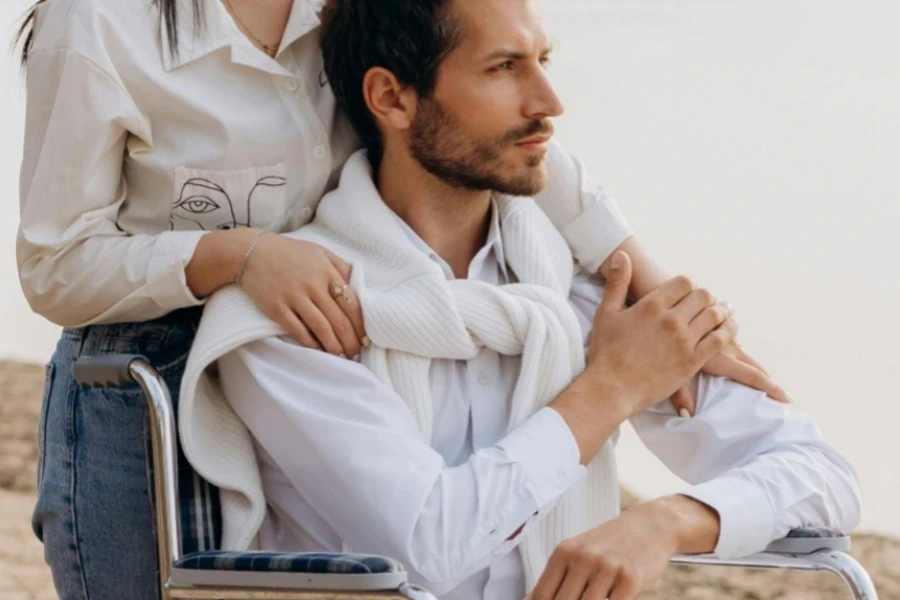
Inclusive clothing design is all about creating garments that cater to a wide range of body types, abilities, and needs. To achieve this, designers are focusing on key elements that prioritize functionality, comfort, and accessibility. One of the most important aspects of inclusive design is the incorporation of adjustable features, such as elastic waistbands, velcro closures, and magnetic buttons. These elements allow for a more customizable fit, accommodating individuals with varying body shapes and those who may have difficulty with traditional fastenings.
Another crucial consideration in inclusive clothing design is the range of sizes and fits offered. By providing a more extensive selection of sizes, brands can ensure that their garments are accessible to a broader audience. This includes not only offering larger sizes but also considering the unique proportions and needs of individuals with disabilities, such as those who may require extra room for seated wear or accommodations for medical devices.
In addition to size and fit, the placement and design of pockets, zippers, and other functional elements play a significant role in inclusive clothing. Designers are opting for thoughtful placement of these features, ensuring that they are easily accessible and do not hinder mobility. For example, side zippers on pants or hidden plackets on shirts can make dressing and undressing easier for individuals with limited dexterity or range of motion.
Finally, the choice of fabrics is essential in creating inclusive garments. Soft, breathable, and stretchy materials, such as cotton jersey, bamboo, and elastane blends, provide comfort and flexibility for a variety of body types and needs. These fabrics allow for ease of movement and can help regulate body temperature, ensuring that the wearer remains comfortable throughout the day.
Sustainable materials and circularity

Sustainability and circularity are becoming increasingly important factors in the fashion industry, as brands seek to minimize their environmental impact and promote responsible consumption. In the realm of men’s universal and inclusive fashion, designers are embracing eco-friendly materials and circular design principles to create garments that are both stylish and sustainable.
One key aspect of sustainable fashion is the use of organic and recycled materials. Natural fibers like organic cotton, hemp, and linen are grown without the use of harmful pesticides and chemicals, reducing their environmental footprint. Recycled materials, such as recycled polyester and nylon, are made from post-consumer waste, helping to divert these materials from landfills and conserve natural resources. By incorporating these sustainable fabrics into their collections, fashion brands can significantly reduce their carbon emissions and water usage.
Another important consideration in sustainable fashion is the durability and longevity of garments. By creating clothing that is built to last, designers can encourage consumers to keep their garments for longer, reducing the demand for new production and minimizing waste. This can be achieved through the use of high-quality, robust materials and construction techniques, as well as timeless designs that transcend fleeting trends.
Circular design principles are also gaining traction in the fashion industry, with brands exploring ways to create closed-loop systems that minimize waste and maximize resource efficiency. This includes designing garments with the end of their life cycle in mind, such as using mono-materials that can be easily recycled or creating modular pieces that can be disassembled and repurposed.
Adaptive clothing essentials
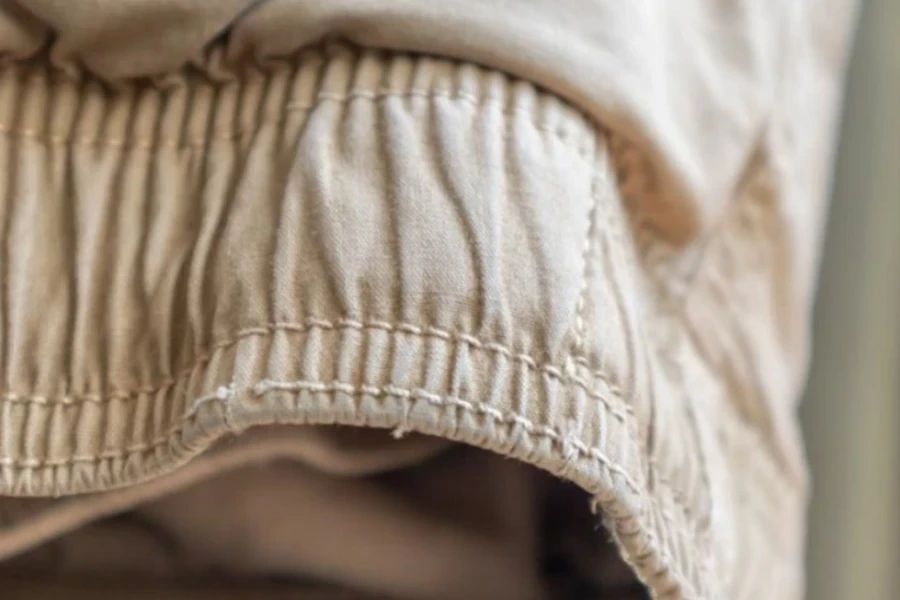
Adaptive clothing essentials are garments designed specifically to cater to the needs of individuals with disabilities, providing them with comfortable, functional, and stylish options. These garments incorporate unique features and design elements that make dressing and undressing easier, while also accommodating various physical limitations and medical devices.
One example of an adaptive clothing essential is the side placket shirt. This innovative design features a hidden placket along the side seam, allowing for easy access and eliminating the need for buttons or zippers down the front. The side placket shirt is particularly beneficial for individuals with limited mobility or dexterity, as it simplifies the dressing process and provides a clean, seamless appearance.
Another key item in adaptive clothing is the side-zip trouser. These pants feature a zipper along the side seam, extending from the waistband to the hem. The side zipper allows for easy on and off, making it simpler for individuals with mobility challenges to dress independently. Additionally, the side-zip design can accommodate braces, casts, or other medical devices, providing a comfortable and practical solution for a variety of needs.
Adaptive clothing essentials also include garments with adjustable features, such as velcro closures, magnetic buttons, and elastic waistbands. These elements allow for a customizable fit, accommodating fluctuations in weight or changes in body shape due to medical conditions.
Modular designs for modern lifestyles
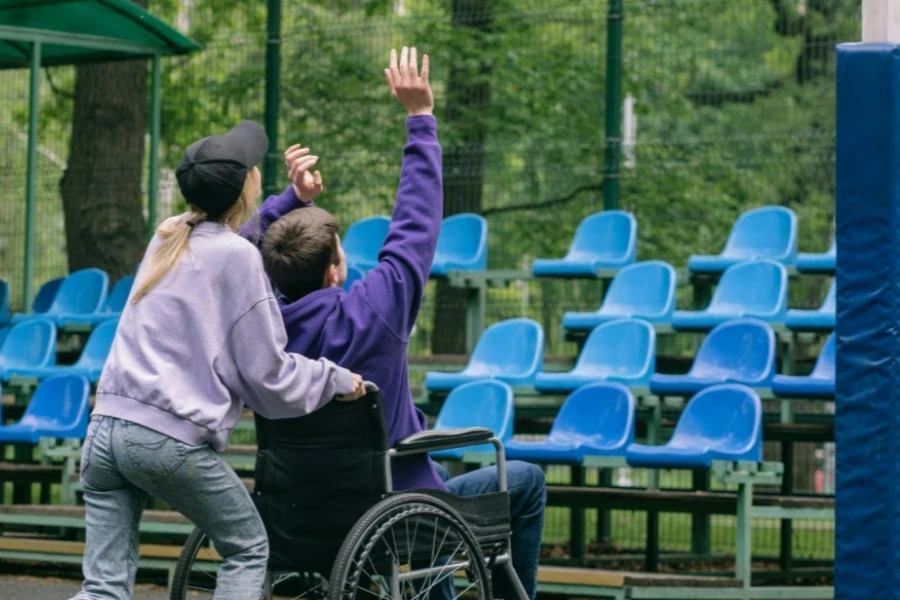
Modular designs are becoming increasingly popular in the fashion industry, as they offer versatility, functionality, and sustainability in one package. These innovative garments are designed to be easily transformed, allowing the wearer to adapt their clothing to suit different occasions, weather conditions, or personal preferences. In the context of men’s universal and inclusive fashion, modular designs provide an opportunity to create clothing that caters to a wide range of needs and lifestyles.
One example of a modular garment is the jacket-gilet combo. This clever design features a detachable outer layer that can be worn as a standalone jacket or zipped onto an inner gilet for added warmth and protection. The modular nature of this garment makes it perfect for transitional weather, as well as for individuals who may have varying thermal regulation needs. The jacket-gilet combo also offers a stylish and practical solution for those who use wheelchairs, as the detachable layers can be easily adjusted for comfort while seated.
Another example of modular design in men’s fashion is the convertible trouser. These pants feature zip-off legs, allowing them to be quickly transformed from full-length trousers to shorts. This adaptable design is ideal for individuals who may have difficulty with traditional clothing changes due to mobility or dexterity challenges. The convertible trouser also provides a practical solution for those who enjoy outdoor activities, as it allows for quick adjustments based on changing weather conditions or physical exertion levels.
Modular designs can also incorporate elements of customization, such as interchangeable buttons, patches, or accessories. These features allow individuals to personalize their clothing and express their unique style, while still benefiting from the functional aspects of modular design.
Conclusion
As the fashion industry continues to evolve, it is clear that embracing universal and inclusive design principles is not only a moral imperative but also a smart business strategy. By incorporating sustainable materials, adaptive features, and modular elements into men’s clothing, brands can create garments that cater to a diverse range of individuals, including those with disabilities. Through thoughtful design and a commitment to accessibility, the fashion industry has the power to foster a more inclusive and equitable society, while also promoting responsible consumption and environmental stewardship.


